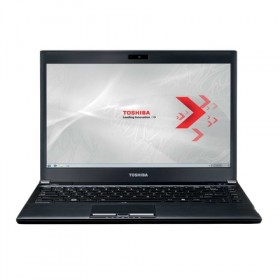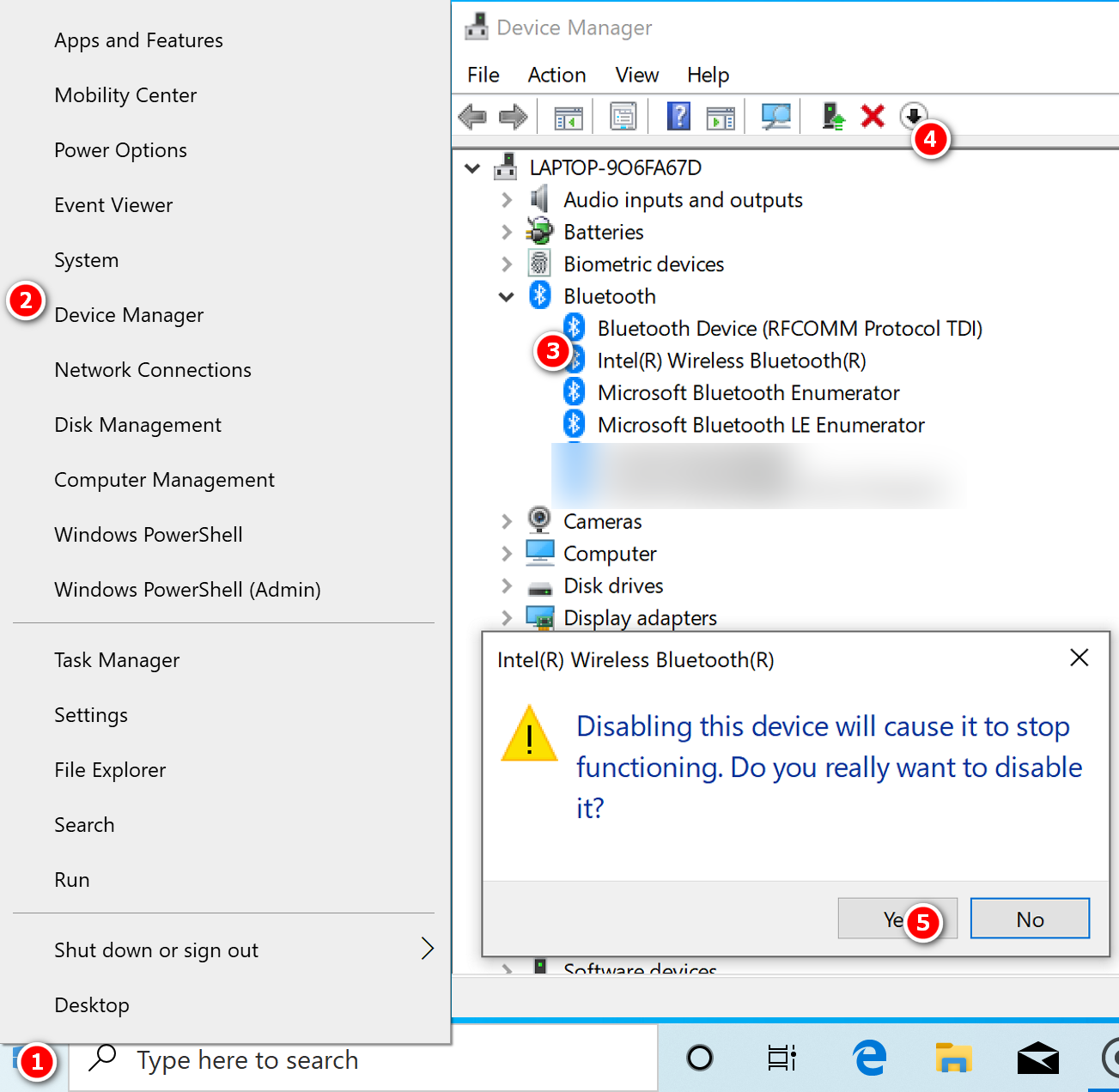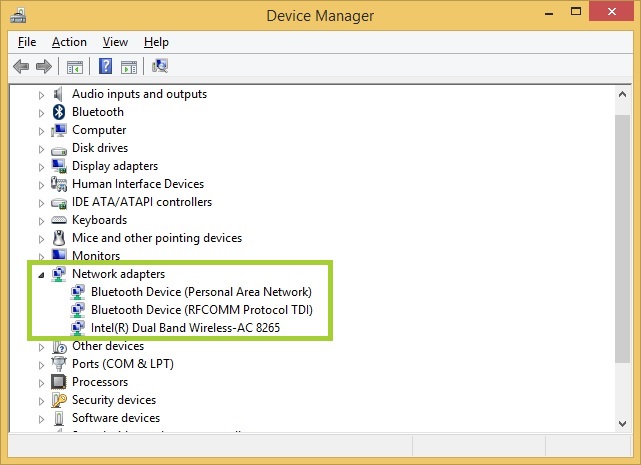Having distortion or bad sound quality in Windows 10 with Bluetooth headphones or other devices? Try this easy fix.DISCLAIMER: THIS FIX APPLIES ONLY TO PLA. Bluetooth Transmitter free download - Bluetooth Software Ver.6.0.1.4900.zip, Bluetooth 2.0Broadcom Bluetooth Driver and Applicationv6.0.1.4900.zip, Bluetooth for Windows 10, and many more programs. AMD Rolls Out Its First 2021 Graphics Driver - Get Radeon 21.1.1 Intel Adds Support for Iris Xe Max Graphics (DG1) - Get Version 27.20.100.9168 The New RTX 461.09 Graphics Driver Adds Support for NVIDIA’s A40 GPU.
- Drivers Sound Id Bluetooth Devices Adapter
- Drivers Sound Id Bluetooth Devices Device
- Drivers Sound Id Bluetooth Devices Bluetooth
- Drivers Sound Id Bluetooth Devices
- Drivers Sound Id Bluetooth Devices Wireless
Intel has released updated Wireless Bluetooth and Wi-Fi drivers for Windows 10 customers to address known issues causing blue screen of death (BSOD) errors and Bluetooth devices to lose connection or stop working.
Users are urged to update their drivers to the newly released Wi-Fi (Intel PROSet/Wireless Software 22.10.0) and Wireless Bluetooth (Intel Wireless Bluetooth 22.10.0) drivers given that besides functional updates and bug fixes, they also include security updates.
Fixed Bluetooth and Wi-Fi issues
First of all, the new drivers address Windows 10 stop errors (aka BSODs), yellow bang warnings in Device Manager, as well as random disconnections while playing online videos caused by Intel Wireless adapters with faulty drivers.

Bluetooth devices with affected drivers such as mice, keyboards, headsets, or styluses would also stop working on some systems if connected simultaneously or would inadvertently lose connection mid-use.
On other systems, Bluetooth devices would 'show a yellow bang in Device Manager after rebooting or resuming from Sleep/Hibernation mode.'
Similarly, on other systems, impacted devices would show yellow bangs and would also disappear from Device Manager after resuming from idle mode after several hours.
Some devices may also experience 'No Advertisement' issues after some time of BLE scanning while using the TruU application Intel says.

The full list of supported products and driver versions released by Intel to fix these issues is available in the Wi-Fi and the Wireless Bluetooth drivers' release notes.
Fixes for security issues
Intel also addressed 95 security vulnerabilities as part of last month's Patch Tuesday including critical ones affecting Intel Wireless Bluetooth products and Intel Active Management Technology (AMT).
The critical security flaw tracked as CVE-2020-12321 is rated with an almost perfect CVSS severity base score of 9.6/10 and it affects only some Intel Wireless Bluetooth products.
This bug is an improper buffer restriction in Wireless Bluetooth products before version 21.110 that allows for unauthenticated escalation of privileges via adjacent access (Local Area Network only).
Microsoft has also released a batch of Intel microcode updates for Windows 10 20H2, 2004, 1909, and older versions to address newly discovered vulnerabilities in Intel CPUs (including PLATYPUS).
Related Articles:
 -->
-->This section describes the class-of-device (CoD) registry subkeys and entries that apply to the Bluetooth driver stack.
'COD Major' and 'COD Type' Values
Original equipment manufacturer (OEMs) can use the COD Major and COD Type values to indicate the Class of Device for a Bluetooth-enabled Windows device. After the Bluetooth class installer sets the Class of Device based on these registry values, a remote device can determine whether it is connecting to a portable computer, a desktop computer, a phone, and so on.
Drivers Sound Id Bluetooth Devices Adapter
The registry path to the COD Major and COD Type values is:
HKEY_LOCAL_MACHINESYSTEMCurrentControlSetServicesBTHPORTParameters
Note that setting these values changes the Bluetooth Class of Device for the system, regardless of which Bluetooth radio may be attached. You can set the COD Major and COD Type to DWORD values as defined for the Class of Device field values in the Bluetooth SIG Assigned Numbers.
The Bluetooth profile driver, BthPort.sys, reads the COD Major and COD Type values to determine how it should respond to a device inquiry. These values affect only the COD_MAJOR_XXX and COD_XXX_MINOR_XXX bits of the Class of Device. The COD_SERVICE_XXX bits are not affected by this registry entry.
If the COD Major and COD Type values are not set or are set to invalid values, the Bluetooth class installer will set these values to COD_MAJOR_COMPUTER and COD_COMPUTER_MINOR_DESKTOP, respectively.
Drivers Sound Id Bluetooth Devices Device
Scanning Parameterization Settings
Profile drivers can specify scanning parameters settings for their device(s) in their profile driver's INF file to tailor to the specific needs of a given device scenario.
You can override the default system scanning parameters by providing one or more of the following scanning parameters listed below into the AddReg directive. More information on how to use this directive can be found in INF AddReg Directive.
Drivers Sound Id Bluetooth Devices Bluetooth
| Value Name | Type | Min Value | Max Value |
|---|---|---|---|
| HighDutyCycleScanWindow | DWORD 0x10001 | 0x0004 | 0x4000. Shall be equal or smaller than the HighDutyCycleScanInterval parameter |
| HighDutyCycleScanInterval | DWORD 0x10001 | 0x0004 | 0x4000 |
| LowDutyCycleScanWindow | DWORD 0x10001 | 0x0004 | 0x4000. Shall be smaller than the LowDutyCycleScanInterval parameter |
| LowDutyCycleScanInterval | DWORD 0x10001 | 0x0004 | 0x4000 |
| LinkSupervisionTimeout | DWORD 0x10001 | 0x000A | 0x0C80 |
| ConnectionLatency | DWORD 0x10001 | 0x0000 | 0x01F4 |
| ConnectionIntervalMin | DWORD 0x10001 | 0x0006 | 0x0C80. Shall be smaller or equal to ConnectionIntervalMax |
| ConnectionIntervalMax | DWORD 0x10001 | 0x0006 | 0x0C80 |
Drivers Sound Id Bluetooth Devices
Note
Drivers Sound Id Bluetooth Devices Wireless
Changes to scanning parameters make a global impact on the performance of the Bluetooth stack. Making changes to scanning parameters programmatically is not permitted. Using Low Duty Cycle scanning parameters that are too aggressive can not only have a negative impact to the available bandwidth for other Bluetooth Low Energy connections, but also for Bluetooth BR/EDR connections.
